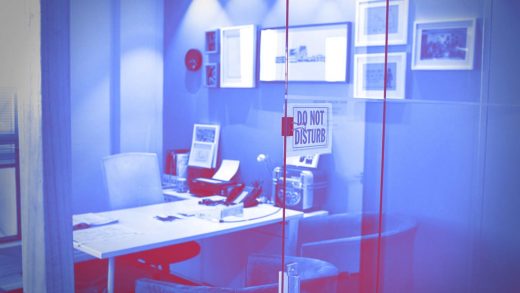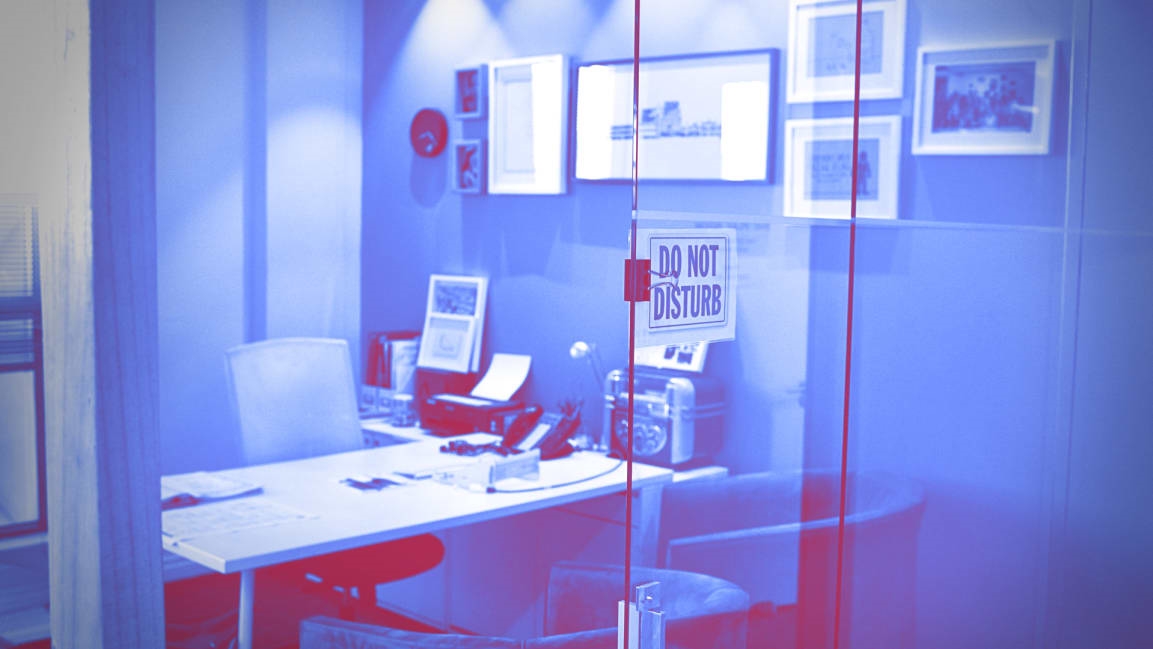Your helpfulness at work is hurting your job performance
One of the things we learned in grade school was the importance of helping others. Whether it was showing the new kid how to find the cafeteria or collecting papers for the teacher, the concept was clear: being helpful is a virtue.
But once we entered the business world, we soon learned that being a helper at the office—especially today, when “the office” is virtual for many—comes at the cost of our personal productivity and creativity.
Long-tenured employees with deep institutional knowledge are leaned on by their peers for instructions or approval. High performers are frequently pulled away from their own work to help newer employees, and they are asked to carry more weight than others. Those less-tenured workers can be paralyzed while waiting for sign-off on their own work.
This “collaboration overload” can be detrimental not only to our job performance, but our general well-being. It’s crucial that organizations empower their employees to protect their time—and their sanity—so their instinct to be helpful doesn’t cause more harm than good.
Collaborative work consumes most of our week
“Collaborative work”—the time we spend working with and helping others (including with email, instant messages, phone calls, and video chats)—has risen dramatically over the past decade. Email and other internal collaboration activities account for 42% of the average knowledge worker’s time, according to McKinsey, leaving us less time for deeper, more focused solo work.
This problem only worsened as knowledge workers abandoned shared offices to WFH during the COVID-19 pandemic. No longer able to lean over to ask our neighbor a quick question, we’ve had to turn to remote work communication tools that take more time out of our day. According to Microsoft research, voice and video call times doubled during the pandemic, and instant message traffic spiked by 65% for some remote work teams.
Uber tracked the usage of collaboration tools during this time and saw a 40% increase in meetings and a 45% increase in the average number of participants per meeting, as well as a threefold increase in Zoom meetings and Slack messages. This resulted in a 30% decrease in focus time (two or more hours of uninterrupted time working on a specific task or project), which was shown to have a strong correlation to employee productivity levels.
As we spend more time on collaborative work, the tasks that require focused concentration take longer to complete. This causes our workdays to extend into the evening hours and even weekends, which increases our burnout risk. And the most helpful among us are at the highest risk.
A mostly self-inflicted problem
It’s easy to blame Zoom and Slack for our difficulty finding time to focus. In fact, Lucid surveyed 1,000 full-time workers and found that 37% of people who work remotely at least three days a week said constant notifications from collaboration tools negatively impacted their creativity.
But there’s more to the story: Studies show that 20% to 35% of value-added collaboration comes from just 3% to 5% of employees. These “extra milers” build a reputation for being capable employees and willing helpers and are continually drawn into collaborative efforts and requests for assistance. As a result, their job performance can suffer.
Unfortunately, much of this teamwork happens under the radar, so it goes unnoticed and unrecognized by management. This is especially true in hybrid and remote settings, where one-to-one meetings take place online and therefore aren’t visible to higher-ups.
Compounding the problem, all of this collaboration comes with the added cost of context switching. Studies have shown that when we are interrupted—whether it’s for 30 seconds to read an email or for an hour-long meeting—it can take up to 20 minutes to refocus on the task we were working on.
Add the daily distractions of WFH—spouses, children, and pets who demand attention, knocks at the door, dishes that need to be washed—and our work-life balance gets obliterated.
Preventing collaboration overload and burnout
Excessive collaboration can lead to burnout, which leaves people feeling unappreciated, irritable, and perpetually exhausted—and looking for another job (which is definitely not helpful).
Top performers know that saying “yes” to collaboration requests means saying “no” to other things. Understanding the areas where you are best equipped to actually add value—rather than agreeing to yet another meeting because you want to look like a team player — will help you manage your time more effectively.
Here are a few more tactics for safeguarding your productivity and creativity:
If you don’t feel comfortable doing these things— or saying “no” to collaborative activities—that indicates a problem that needs to be addressed at a higher level. If you’re feeling the effects of collaboration overload, some of your colleagues probably are, too. Talk to your manager—or even HR—about investing in knowledge-sharing tools. Build in time for deep work. It can be challenging for those of us who were taught to value the hustle to recognize that thinking is working—but that’s when the magic happens
Chris Savage, cofounder and CEO of video hosting platform Wistia, discussed this in his must-read blog post, “Thinking is Work. Give Yourself Time to Do It.
In the early days of the company, Savage viewed his then-empty calendar with hesitation. “I dreamed that someday my calendar would be full of important things to do.”
However he now credits much of the company’s growth to that blank space. With all that free time, he writes, “we did figure out how to build a product, find customers, market ourselves, build a culture, and do all the other things you need to do to create a business.”
“It’s hard to see open-ended thinking as work because so much of it doesn’t result in concrete changes and progress,” says Savage, whose company has half a million customers. “And yet, the most important and influential ideas come from open-ended thinking.”
Jennifer Smith is CEO and cofounder of Scribe, an app that automatically generates step-by-step how-to guides for any task. Smith, a Princeton and Harvard Business School alum, was previously a technology investor and adviser at McKinsey and Greylock Partners.
(29)



